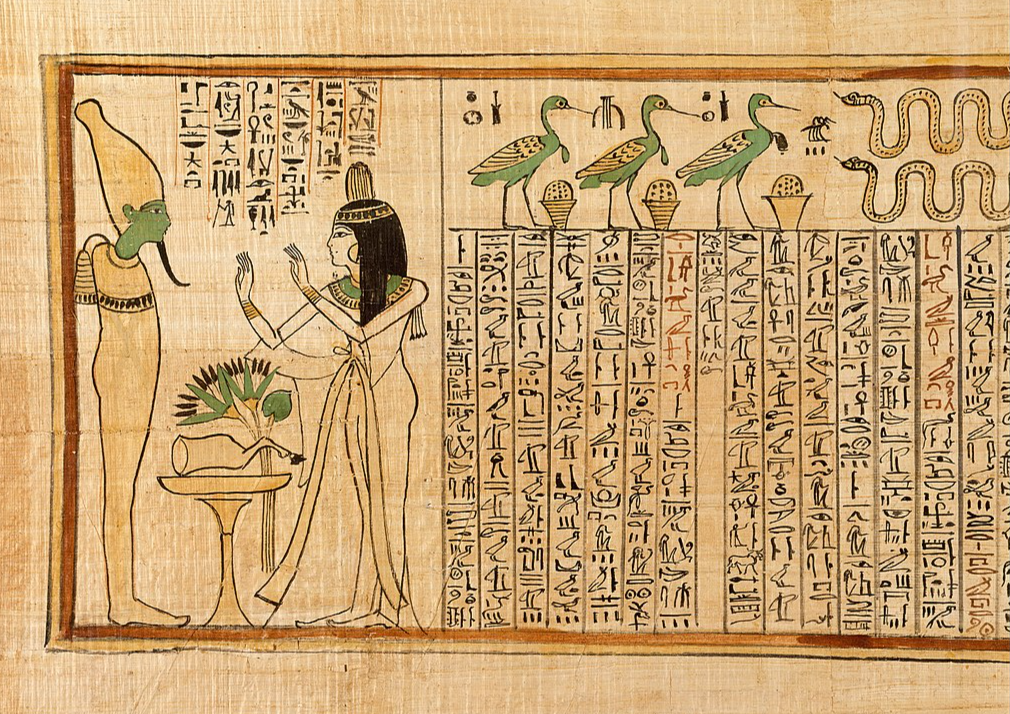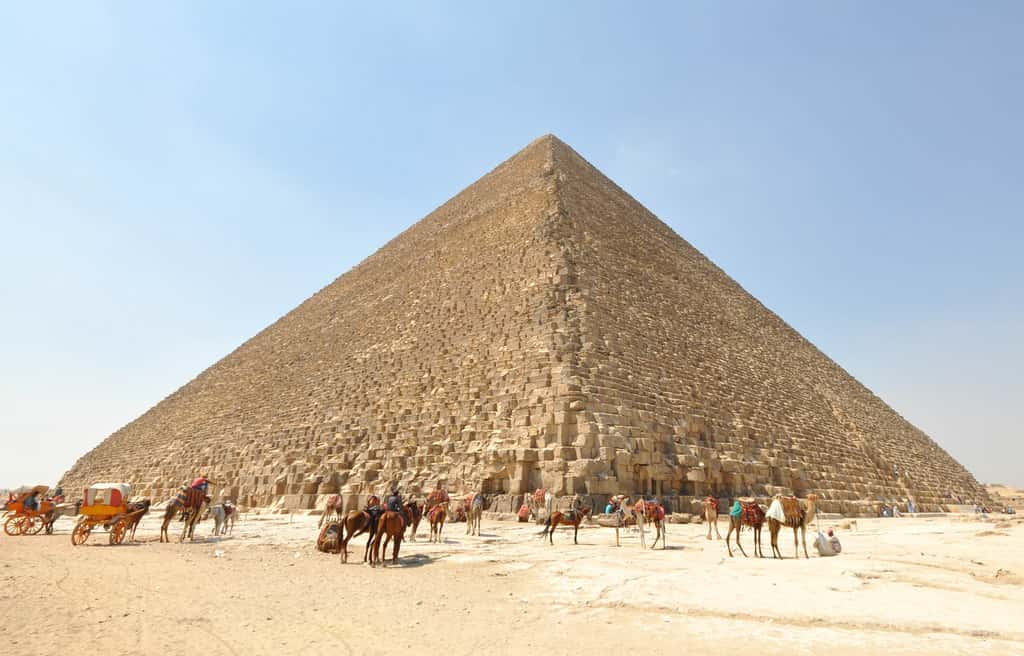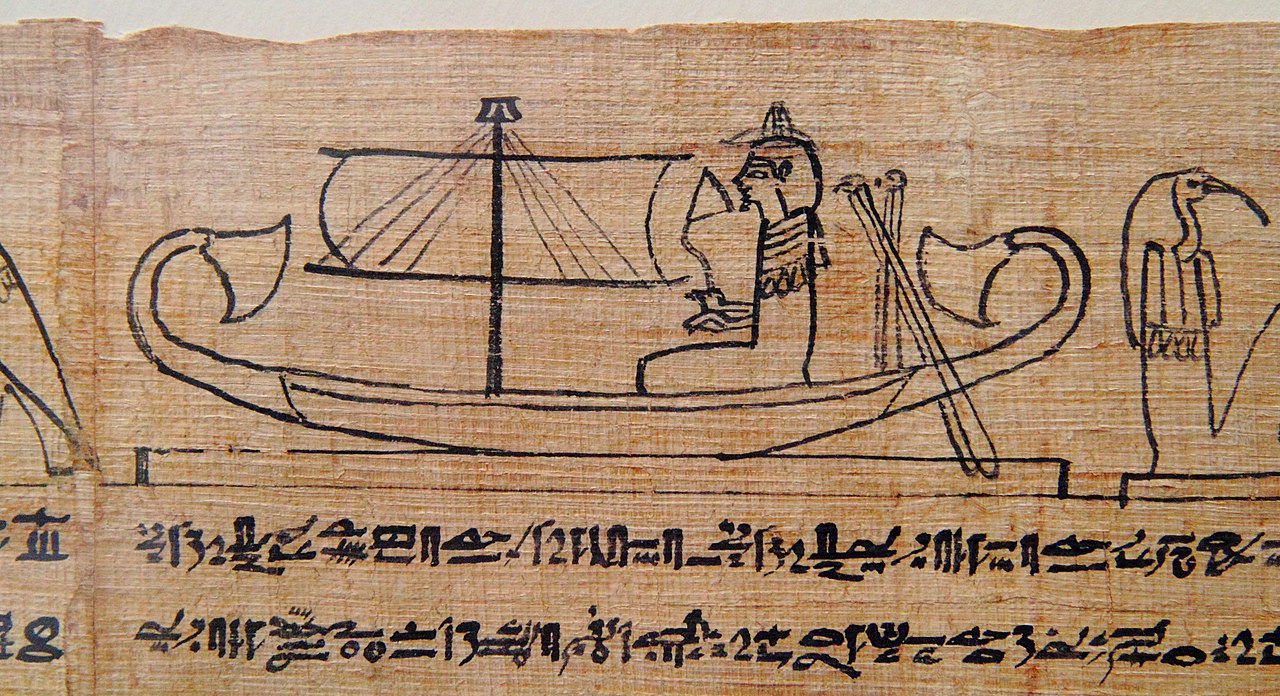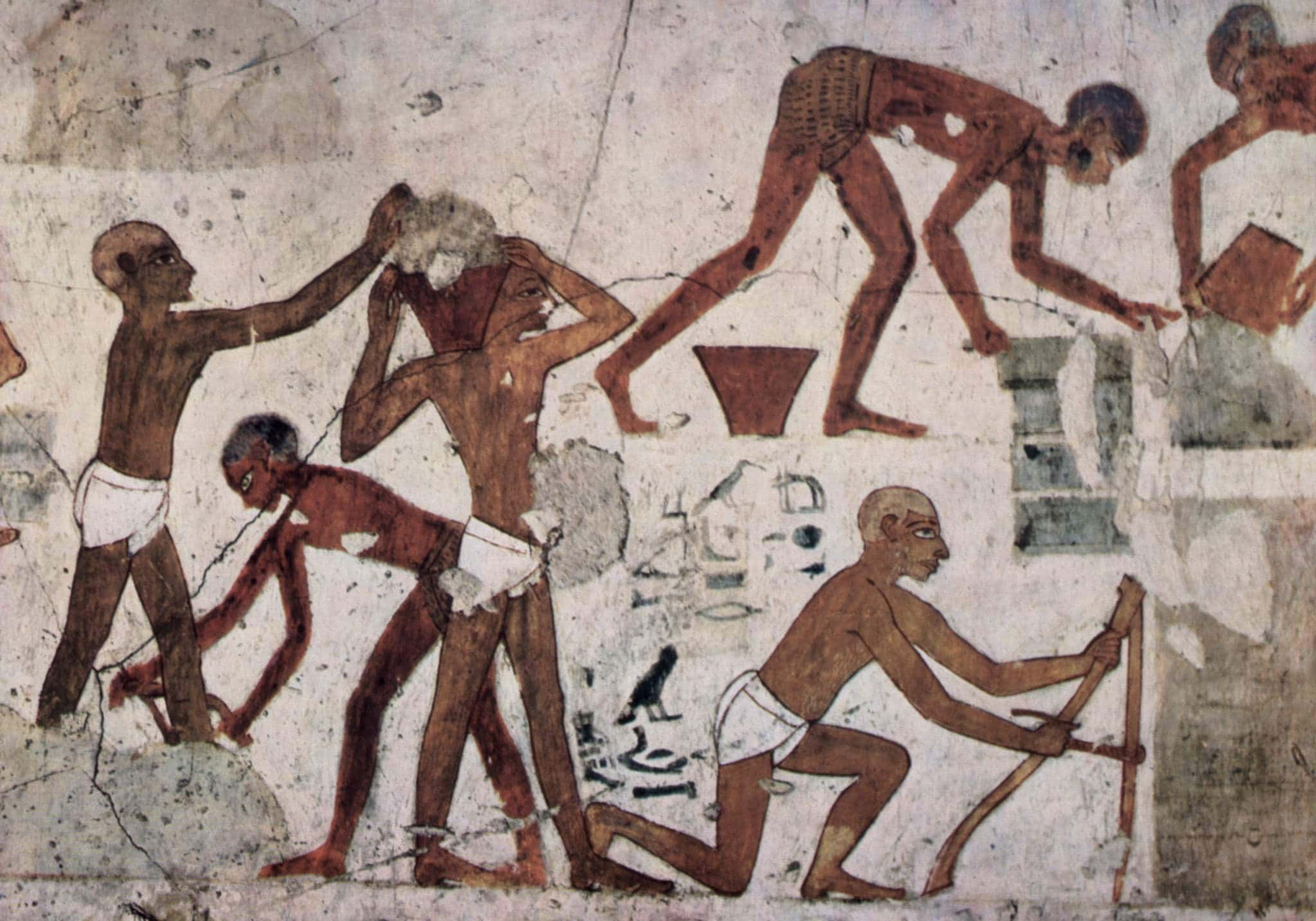An Incredible Discovery
For centuries we’ve wondered how the ancient Egyptians built the magnificent pyramids of Giza. Historians and archaeologists still debate the construction method, the size and skill of the workforce, and the sourcing of the materials. But an amazing discovery on the shores of the Red Sea has shed new light on the age-old mystery.
History Recorded On Papyrus
French archaeologists Pierre Tallet and Gregory Marouard were researching man-made caves at the ancient Red Sea harbor of Wadi al-Jarf when they discovered several papyrus logbooks. Curiosity mounted when the scrolls were dated at the 26th year of the reign of the Pharaoh Khufu, in whose honor the Great Pyramid was built.
A Description Of The Building Of The Great Pyramid
The papyri were written by a man named Merer, an inspector and mid-level supervisor of a crew of workers. Merer wrote daily logs of his crew’s activities transporting heavy blocks of limestone down the Nile River on boats. Their destination? Giza.
A Detailed Record Of Activities
The papyri give a record of several months of work. Merer’s crew transported limestone blocks from the Tura quarry that lies upstream of the Giza site. Tallet worked out that each round trip took around three or four days. Each block weighed around two or three metric tonnes, and the boat hauled as many as 30 stones on each trip. Merer never wrote exactly what the stones were for, but Tallet has inferred that the stones were part of the exterior cladding of the pyramid’s sides.
 Metropolitan Museum of Art, CC0, Wikimedia Commons
Metropolitan Museum of Art, CC0, Wikimedia Commons
More Amazing Clues
Though Merer never said the stones were for the pyramid specifically, he does make mention of the original name for the Great Pyramid. Merer also mentions the name of a high-ranking official in the Pharaoh’s administration who oversaw the harbor at Giza where the stones would have been offloaded. The diary is a great step forward in understanding how the ancient Egyptians transported the heavy blocks to the pyramid site.
Other Papyri
The bulk of the most valuable information about the pyramids is contained in two papyri. There are several other papyri included in the original Wadi al-Jarf discovery that describe other building projects or are more fragmentary in their contents.
A Prestigious Job
Tallet and his fellow researchers have been able to work out much more about the nature of the work and Merer’s crew. The royal boats were a privilege to work on, and those lucky enough to get a job there were fed well. Hauling stones around is hard work, and the crew enjoyed a solid diet of meat, fish, poultry, and beer. Dates, honey, and beans were also important foods for the workers. Pottery items with inscriptions also indicate the important status of the work.
Skilled And Valued Workers
The evident skill and status of the workers seems to have done away with older theories that the pyramids were built by hordes of poor slaves. Merer's record shows that he and his men were often rewarded with gifts.
An Ancient Port For Building Pyramids
Researchers still dispute the exact location of the port where the stones were offloaded, in addition to when such a port would have been usable. The annual summer flooding of the Nile was a key event that would have affected the location and schedule of such a port.


History's most fascinating stories and darkest secrets, delivered to your inbox daily.
Work Ongoing
Excavation continues at Wadi al-Jarf. If one priceless set of papyrus scrolls was found, maybe there are more! The storage galleries also contain amazing information about the kinds of items used and food consumed by the ancient Egyptians. The tomb of King Tutankhamen was the greatest discovery of the 20th Century, but the discovery of the papyrus diary of Merer was called “the greatest discovery in Egypt in the 21st century” by Egyptian archaeologist Zahi Hawass. Though much has been learned about ancient Egypt, there are still many mysteries to explore.
You May Also Like:
Mighty Facts About Ramses The Great, The Maniacal Pharaoh
Majestic Facts About Hatshepsut, Egypt's Pharaoh Queen












